How to search from specific website in ChatGPT

With the latest ChatGPT update users can access websites from a specific website, allowing you to refine your search.
Do you know the history of Earth's formation ? If you don't know the history of Earth , this article will give you the answer.
The Earth we live on has undergone many changes since its formation. Are you curious about how the Earth has changed over time and how it was formed? Let's find out together!
Earth formed more than 4.6 billion years ago from a mixture of dust and gas orbiting the sun. It grew larger over time thanks to countless collisions between dust particles, asteroids and other growing planets, including a final giant collision that threw enough rock, gas and dust into space to form the moon.
Although the rocks that record the earliest parts of Earth's history have been destroyed or distorted over the course of more than four billion years of geological time, scientists can use modern rocks, lunar samples, and meteorites to figure out when and how the Earth and moon formed, and what they may have looked like in the past. Here are some of the most important milestones in the history of our planet's development.
1. Earth was formed - 4.5 billion years ago

Earth, like all the other planets in the solar system, began its life as a “disk” of dust and gas orbiting the young sun. Grains of dust were pulled together by gravity to form rocky clumps that grew into what scientists call “planets,” tens to hundreds of miles in diameter, and then into Mars-sized “protoplanets” by colliding with each other.
Earth grew to its final size through a giant collision with another object the size of Mars. This final collision, known as the “moon-forming impact,” was so large that—in addition to adding a lot of material to Earth—it had enough energy to vaporize some of the rocks and metals from both the proto-Earth and the impactor. This vapor formed a disk around Earth, which eventually cooled and condensed to become the moon.
2. The first life - 3.5 billion years ago
To date, researchers have not determined what the first cell looked like or when it was born. But the oldest fossils ever discovered date back to about 3.5 billion years ago. This suggests that the first life may have existed before then. Scientists believe that the first life may have originated in warm, alkaline springs at the bottom of the oceans, either on the surface of the sea or on land.

The first form of reproduction on Earth was asexual reproduction (cell duplication).
3. Photosynthesis - 3.4 billion years ago
About 3.4 billion years ago, thanks to sunlight, the first microorganisms began to evolve. From simple molecules, they took advantage of the energy from photons to synthesize sugar. That process is called photosynthesis.
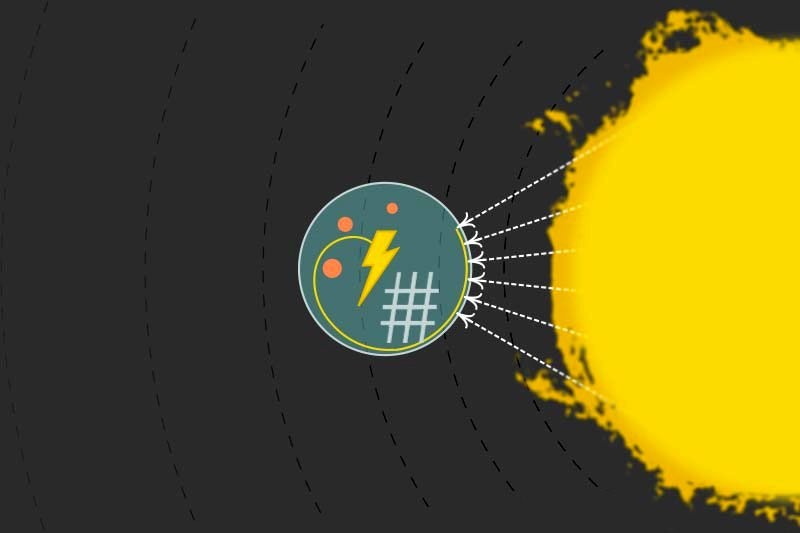
The first bacteria on Earth synthesized sugar from solar energy, but did not produce oxygen.
But unlike today's plants, the first microorganisms did not "release" oxygen, so the Earth's atmosphere at that time was still very dangerous to humans and other animals.
4. The drift of continents - 3 billion years ago
The Earth's crust is solid, but it is actually made up of icebergs floating on layers of molten magma. When icebergs collide, one part of one gets "submerged" under the other. This process is called plate tectonics or continental drift. The first landmass on Earth, called Ur, was created through this process.
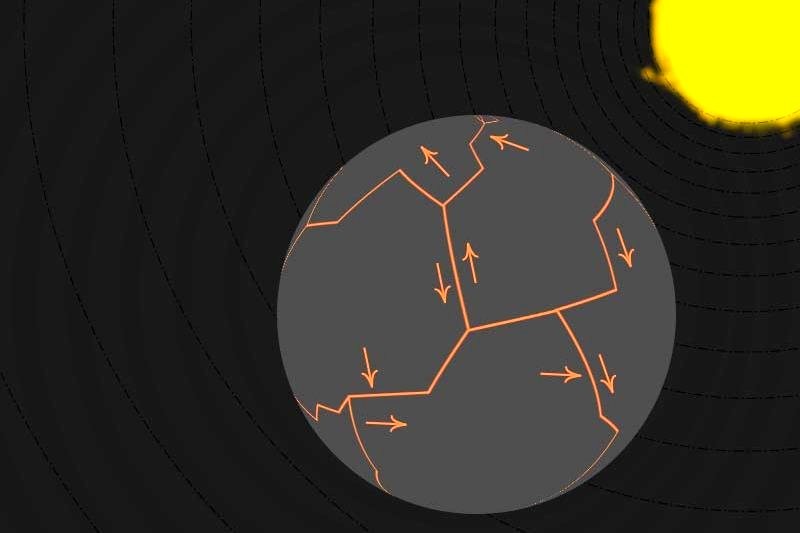
The Earth's surface is made up of pieces.
5. The first atmospheric "pollution" by oxygen - 2.4 billion years ago
More than 1 billion years ago, the first photosynthesis reaction took place, but it did not produce oxygen. This made the atmosphere on Earth very low in oxygen. But somehow, some bacteria "learned" how to synthesize sugar from CO2, water, sunlight and release oxygen.
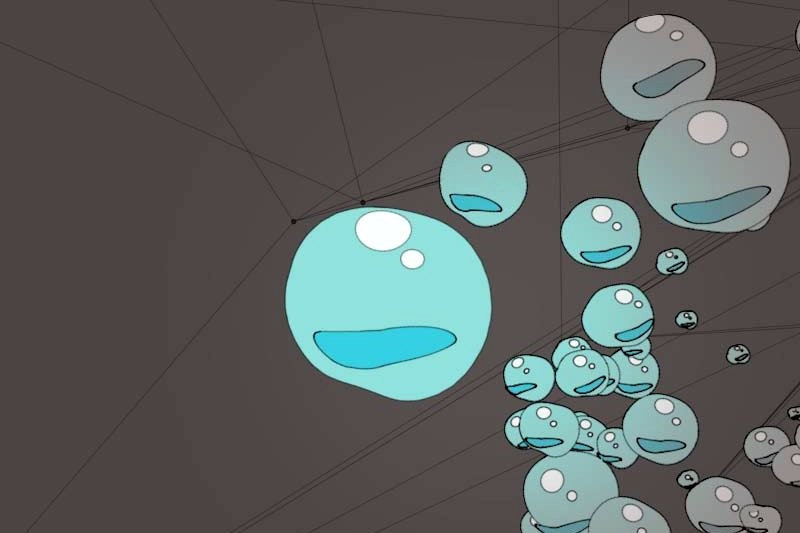
As greenhouse gases (including CO2) were "sucked" out of the atmosphere by bacteria, the first "pollution" in Earth's history took place, causing everything to cool.
6. Complex cells or symbiosis - 2 - 1 billion years ago
At this time, life was still very simple, although it had been on Earth for quite a while, it had a structure similar to modern bacteria today. But evolution took the biosphere to a new level. Organisms called eukaryotes (eukaryotic organisms) had a more complex structure, inside they had specialized organs, a nucleus with its own membrane separate from the rest of the cell.
 Mitochondria are essentially bacteria capable of synthesizing ATP that have been "swallowed" by other microorganisms.
Mitochondria are essentially bacteria capable of synthesizing ATP that have been "swallowed" by other microorganisms.
Eukaryotes also found "partners" in bean-shaped objects called mitochondria that are capable of converting energy from organic substances into ATP.
Researchers believe that mitochondria were originally bacteria that lived separately in the outside world, not born inside cells. But through symbiosis or cell absorption, these bacteria cooperated with eukaryotes and created energy for them.
Every animal and plant we see today has cells that are eukaryotes.
7. The First Appearance of Sex - 1.2 Billion Years Ago
The first organisms maintained and developed their species through asexual reproduction, cells grew and then automatically divided in two.
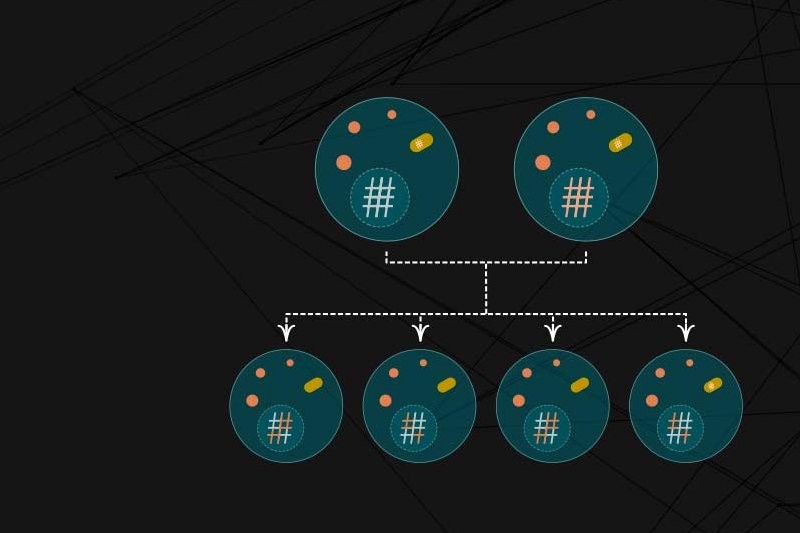
The emergence of sex opens up the possibility of later species hybridization.
Fossils of red algae dating back 1.2 billion years show that they already had sex-specific cells called spores, suggesting that sex had already emerged before that time.
8. Multicellular organisms appeared - 1 billion years ago
There are fossils dating back 2.1 billion years that show many known bacteria lived in communities to grow larger, but when necessary they could still exist as single cells.
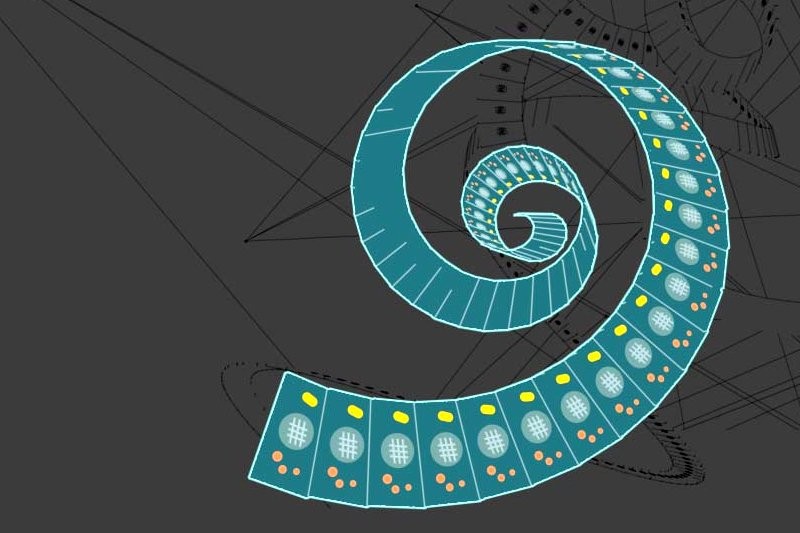 Colonies of bacteria living together "colonizing" may have been the beginning of multicellular organisms.
Colonies of bacteria living together "colonizing" may have been the beginning of multicellular organisms.
Researchers believe that about 1 billion years ago, the first multicellular organisms - with single, indivisible cells - appeared. Within them, different groups of organisms independently chose to evolve towards multicellularity. Plants are thought to have chosen multicellularity before animals.
9. The Earth froze - 850 - 635 million years ago
After being first “polluted” with oxygen by bacteria a few billion years ago, the Earth was once again frozen. To this day, researchers still don’t know what caused this freeze, but it lasted for 200 million years. Ice covered the Earth from the poles to the equator.
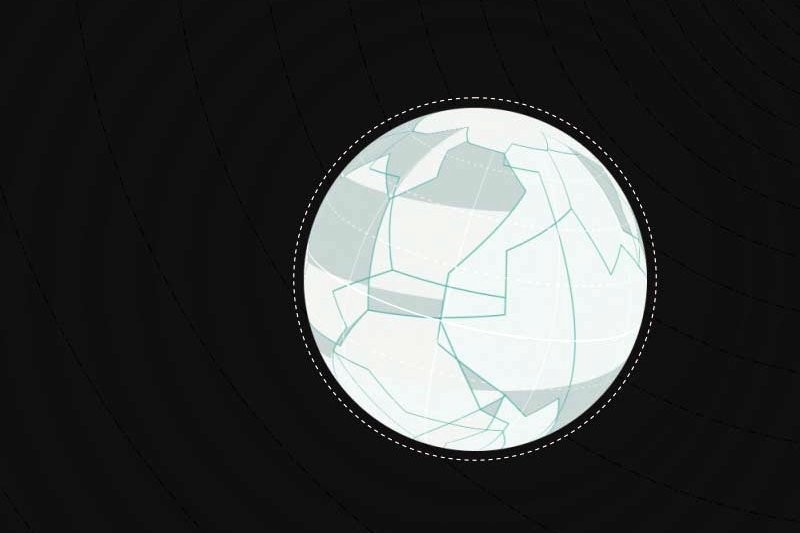
The Earth was once "frozen cold" for millions of years.
This second ice age is thought to have influenced the emergence of the first complex animals, creatures with tubular or curly leaves like ferns, opening a new period called the Ediacaran period.
10. The Cambrian Explosion - 535 million years ago
After animals evolved and adapted to their new environments, the Earth experienced two explosions in the number of species.
During the Cambrian explosion, a new group of animals appeared on average every 10 million years. During this period, most animals had hard shells, making fossilization easier than before. According to scientists, it is very likely that there were other "explosions" of species before, but because they did not have hard shells, their existence could not be recorded.
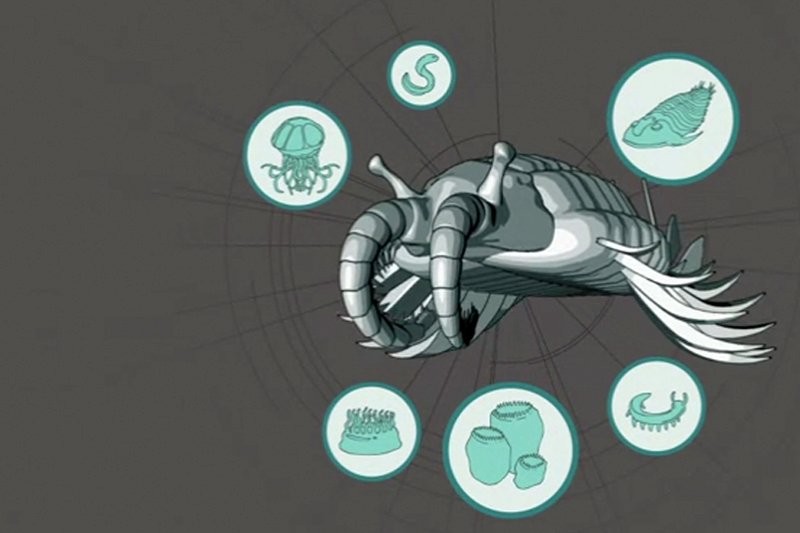
45 million years later, another explosion in the number of species within each animal group occurred, and is called the Ordovician Divergence.
11. Plants invade land - 465 million years ago
For billions of years, water has been the cradle of life on Earth. Until 500 million years ago, some animals found their way onto land, not to live but simply to find a place to lay eggs and avoid underwater predators.
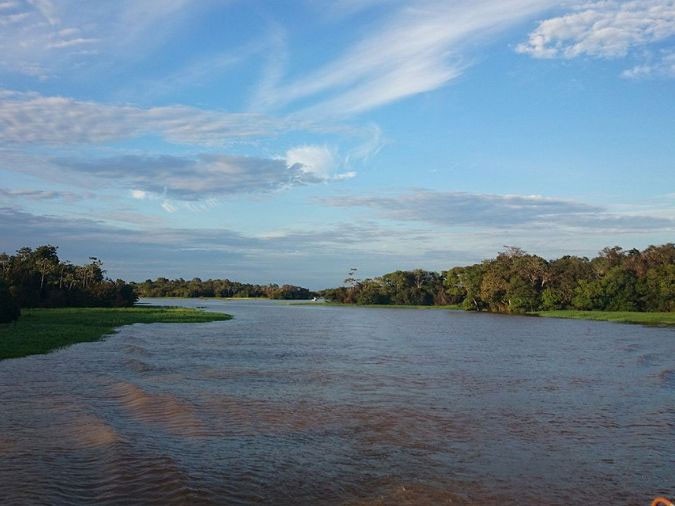
Green algae were the first "inhabitants" on earth.
In contrast, plants were the first permanent inhabitants of land. Relatives of green algae were the first plants to colonize land, but they quickly evolved and branched out into many different species.
12. Andean-Saharan Ice Age - 460 - 430 million years ago
Biodiversity expanded during the Ordovician period, but as the period ended, Earth faced a wave of extinctions that saw the number of species decline as much as the number of species that had arisen.
At the end of the Ordovician period, the Earth's temperature dropped rapidly, and ice from the poles covered much of the surface. As a result, an ice age called the Andean-Saharan ice age took place, named after the two places where traces of this period were found, the Andes and the Sahara desert.

The Andean-Saharan ice age marked the first mass extinction and the second largest in scale of any known extinction event in Earth's history. An estimated 85% of marine species were wiped out. Afterwards, as competing species were wiped out, fish species expanded at a rapid pace.
13. The first amphibians - 375 million years ago
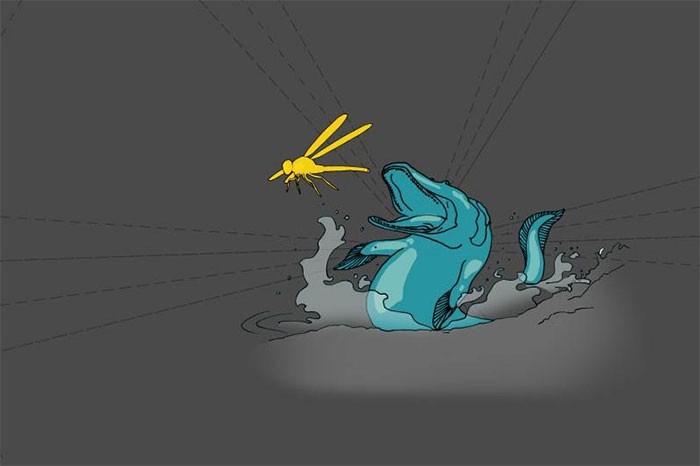
Animals begin to settle down. About 400 million years ago, insects were the first to crawl onto land. Vertebrates soon followed.
14. Dawn of the Reptiles - 320 million years ago
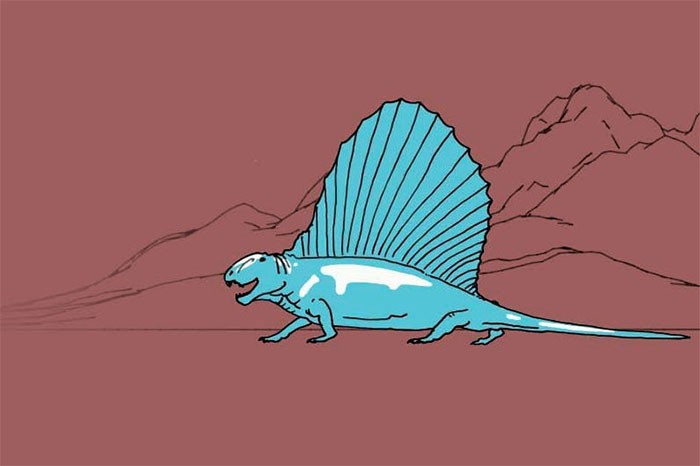
When the Earth was in the midst of a long cold period called the late Paleozoic Era ice age, the first reptiles appeared.
Reptiles with thick, scaly skin and hard-shelled eggs evolved from amphibians that looked like salamanders. Reptiles quickly became the dominant species on land.
15. Supercontinent Pangaea - 300 million years ago
The last time until now, the Earth's continents merged once and formed a supercontinent called Pangaea, surrounded by a superocean called Panthalassa.
This continent and super ocean coexisted for 175 million years. Ten million years later, the continents broke apart again and the remaining parts became what we see today.
16. The Greatest Extinction - 252 Million Years Ago
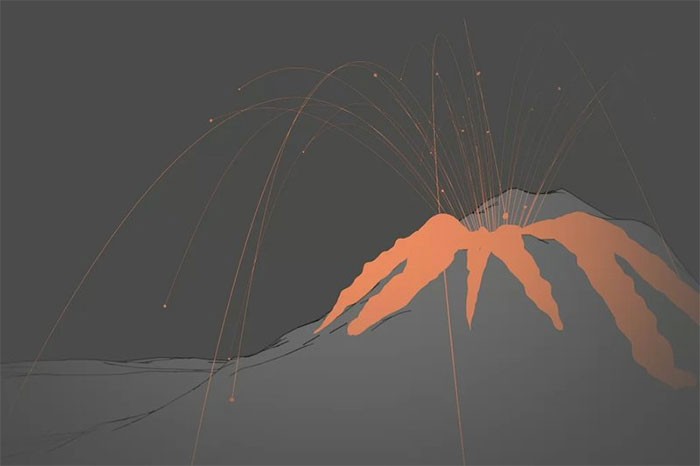
The end-Permian extinction was the greatest challenge to life on Earth, causing about 96% of aquatic species and an equal number of terrestrial species to disappear after this period.
The exact cause of the extinction is still unknown. Archaeological evidence suggests that the culprit was a massive volcanic eruption known as the Siberian Traps. The eruption left 2 million square kilometers of the Earth covered in lava, filled the atmosphere with toxic fumes, and raised ocean temperatures to 40 °C.
Then the recovery of the biosphere opened a new era - the age of dinosaurs.
17. The first mammals - 220 million years ago
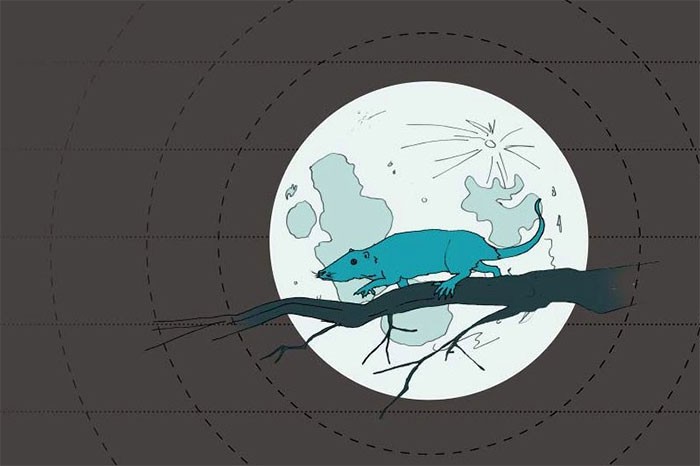
Mammals appeared at the same time as dinosaurs evolved and spread across the globe. Reptiles called cynodonts, with faces that looked a bit like dogs and some may have been covered in fur, were the ancestors of mammals.
18. Triassic extinction - 201 million years ago

The Triassic was a period when dinosaurs ruled the land and giant reptiles like the Ichthyosaurs ruled the oceans. But another mass extinction occurred, wiping out 80% of species. The cause of this extinction is unknown.
But soon after, the dinosaurs recovered and even reached enormous sizes and continued to dominate the earth.
19. The first bird - 160 million years ago

Modern birds are descendants of feathered dinosaurs such as Velociraptors.
20. Flowering plants -130 million years ago
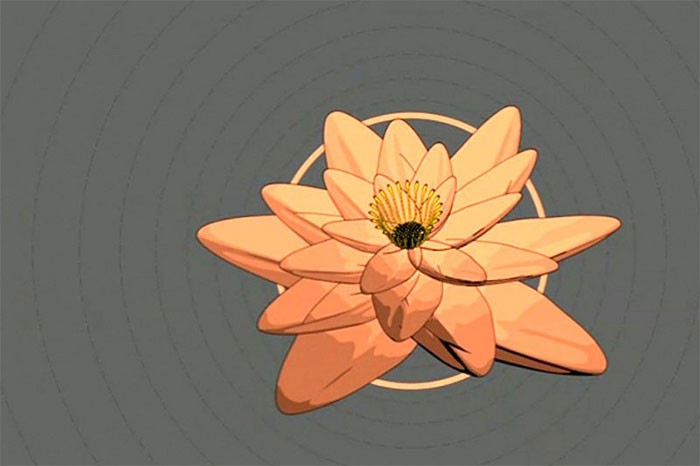
Flowers are the most recent “invention” of the plant kingdom. Despite being on earth 465 million years ago, no flowers have been recorded for more than two-thirds of that time. It seems that flowering plants appeared in the middle of the dinosaur era.
21. The Death of the Dinosaurs - 65 Million Years Ago
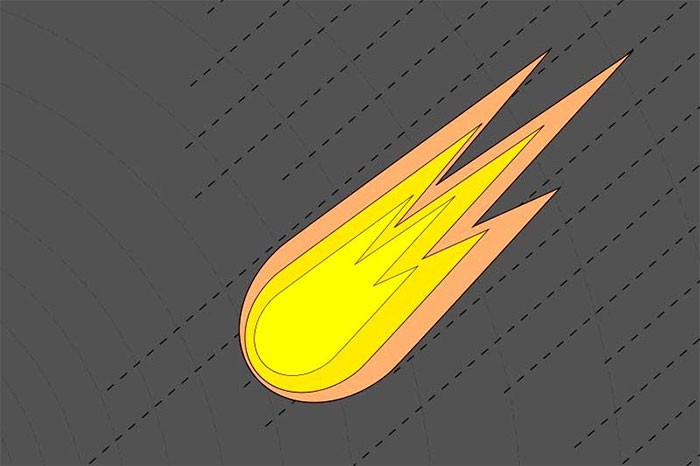
65 million years ago, a giant space rock crashed into Earth in what is now Mexico, causing a period of cold and darkness across the planet. The impact wiped out dinosaurs, other giant predators and reptiles, but smaller species survived because they had less food to eat.
This is the fifth mass extinction ever recorded and the last to date.
22. The first primates appeared | 60 - 55 million years ago
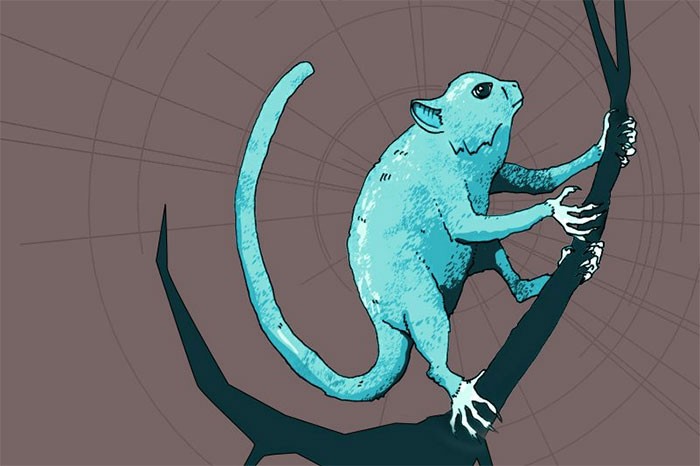
When most of the dinosaurs disappeared, mammals took advantage of the opportunity to grow and multiply. They quickly evolved to have wombs and nourish their young in their abdomens using a placenta.
Some mammals began to evolve to climb and live in trees, to avoid predators. This led to the appearance of monkeys, apes and eventually humans.
But the first primates were very small, living mainly in the hot and humid tropical forests of Asia. The oldest fossil primate skeleton belongs to a species called Archicebus achilles, weighing less than 30 grams.
23. Superphotosynthetic plants - 32 - 25 million years ago
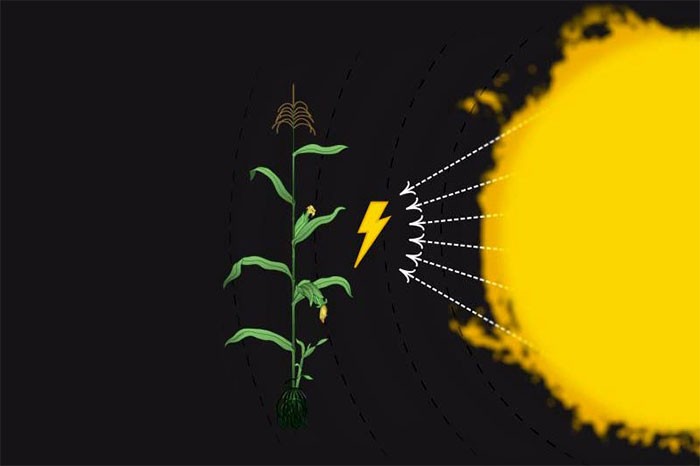
Over billions of years, plants have harnessed light energy to synthesize sugars through a process called photosynthesis. But it wasn't until recently that some species "discovered" C4 photosynthesis, which is more efficient than the more common C3 photosynthesis.
C4 plants are better adapted to harsh environments.
24. The first hominin - 13 - 7 million years ago
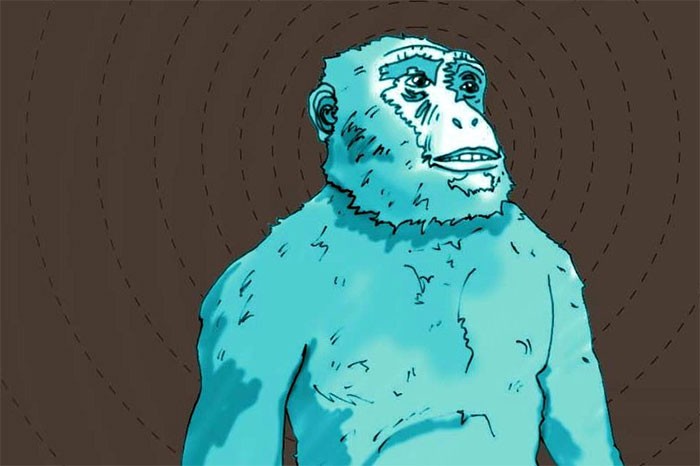
About 25 million years ago, the first apes appeared in Africa. Then (at the time of the event), they began to split into the ancestors of modern apes and modern humans.
Thanks to archaeology and genetics, we can get a rough estimate. Seven million years ago, the oldest recorded hominid, Sahelanthropus tchadensis, walked the earth.
25. Modern humans - 200,000 years ago
Modern humans, or Homo sapiens, are only 1/5 of a million years old compared to Sahelanthropus tchadensis's 7 million years. But in that short time, humans have left their birthplace in Africa, traveled to every continent on the planet, and even reached outer space.
With the latest ChatGPT update users can access websites from a specific website, allowing you to refine your search.
Go supports two main ways to pass arguments: Pass by Value and Pass by Reference. Go uses pass by value by default.
In Go language, you are allowed to return multiple values from a function, using the return statement. In other words, in a function, a return statement can return multiple values.
Let's learn with WebTech360 how to check your computer's CPU temperature in the article below!
Samsung Electronics has announced plans to integrate Eclipsa Audio, a brand new 3D audio technology, developed through a partnership with Google, into its 2025 lineup of TVs and soundbars.
A new AI-powered investment scam is spreading across social media platforms, stealing millions of dollars in the process. It's called Nomani, and here's how you can spot it.
Your bedtime habits may affect your blood pressure more than you think. Here are the things you should do before bed to lower your blood pressure, according to a cardiologist.
How many km/h can a dog run is a question that many people are interested in. In this article, let's learn about the speed of dogs!
Lien Kich is an important DTCL clan in season 14, providing 10% attack speed for the entire team and adding additional attack speed to the generals of this clan.
Code Thuong Co Tu Tien will provide additional items besides currency, although in the game you just stand in one place and spin out items to increase combat power.
Roblox's Beast Force has released its latest codes. Here are the new and valid Beast Force codes.
If you have an Apple device, AirPlay support is important when buying a new TV. Unfortunately, not all TV models support AirPlay.
Many users complain that dialogue in movies and TV shows is too quiet compared to other audio or not clear enough to hear on Smart TV.
Google has just released an update to its Pixel Troubleshooting app that lets users see the temperature inside their phone.
By creating a project, users can keep conversations, files, and customization instructions all in one place. This allows them to easily return to the work they were doing.













